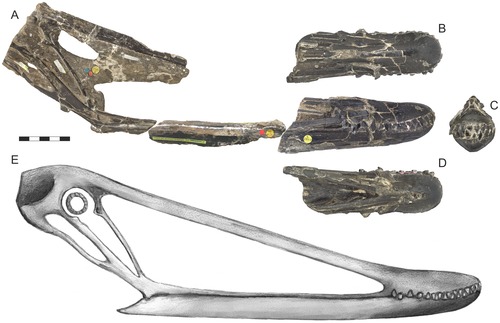 The Wikipedia article of the day for July 31, 2019 is Henry W. Sawyer.
The Wikipedia article of the day for July 31, 2019 is Henry W. Sawyer.Henry W. Sawyer (1918–1999) was an American lawyer, civil rights activist, and Democratic politician. Born in Philadelphia, he served in World War II and attended the University of Pennsylvania Law School. After graduating, he joined the law firm of Drinker Biddle & Reath and remained with them for his entire career. Sawyer worked as a corporate lawyer but is best known for his advocacy of civil liberties, especially in First Amendment cases. In Abington School District v. Schempp and Lemon v. Kurtzman, he successfully argued cases before the Supreme Court of the United States (building pictured) that became the basis for all modern Establishment Clause jurisprudence. He pursued civil rights causes in Philadelphia and in the South during the civil rights movement of the 1960s. He also served a four-year term on the Philadelphia City Council, where he worked on civil service reform and the acquisition of public art for the city.
 The Wikipedia article of the day for July 30, 2019 is
The Wikipedia article of the day for July 30, 2019 is  The Wikipedia article of the day for July 29, 2019 is
The Wikipedia article of the day for July 29, 2019 is  The Wikipedia article of the day for July 28, 2019 is
The Wikipedia article of the day for July 28, 2019 is  The Wikipedia article of the day for July 27, 2019 is
The Wikipedia article of the day for July 27, 2019 is  The Wikipedia article of the day for July 26, 2019 is
The Wikipedia article of the day for July 26, 2019 is 


 The Wikipedia article of the day for July 25, 2019 is
The Wikipedia article of the day for July 25, 2019 is 
 The Wikipedia article of the day for July 24, 2019 is
The Wikipedia article of the day for July 24, 2019 is 

 The Wikipedia article of the day for July 23, 2019 is
The Wikipedia article of the day for July 23, 2019 is  The Wikipedia article of the day for July 21, 2019 is
The Wikipedia article of the day for July 21, 2019 is  The Wikipedia article of the day for July 20, 2019 is
The Wikipedia article of the day for July 20, 2019 is  The Wikipedia article of the day for July 19, 2019 is
The Wikipedia article of the day for July 19, 2019 is 

 The Wikipedia article of the day for July 18, 2019 is
The Wikipedia article of the day for July 18, 2019 is  The Wikipedia article of the day for July 16, 2019 is
The Wikipedia article of the day for July 16, 2019 is  The Wikipedia article of the day for July 15, 2019 is
The Wikipedia article of the day for July 15, 2019 is  The Wikipedia article of the day for July 14, 2019 is
The Wikipedia article of the day for July 14, 2019 is  The Wikipedia article of the day for July 13, 2019 is
The Wikipedia article of the day for July 13, 2019 is  The Wikipedia article of the day for July 12, 2019 is
The Wikipedia article of the day for July 12, 2019 is 


 The Wikipedia article of the day for July 11, 2019 is
The Wikipedia article of the day for July 11, 2019 is  The Wikipedia article of the day for July 10, 2019 is
The Wikipedia article of the day for July 10, 2019 is  The Wikipedia article of the day for July 9, 2019 is
The Wikipedia article of the day for July 9, 2019 is  The Wikipedia article of the day for July 8, 2019 is
The Wikipedia article of the day for July 8, 2019 is  The Wikipedia article of the day for July 7, 2019 is
The Wikipedia article of the day for July 7, 2019 is  The Wikipedia article of the day for July 6, 2019 is
The Wikipedia article of the day for July 6, 2019 is 
 The Wikipedia article of the day for July 4, 2019 is
The Wikipedia article of the day for July 4, 2019 is 